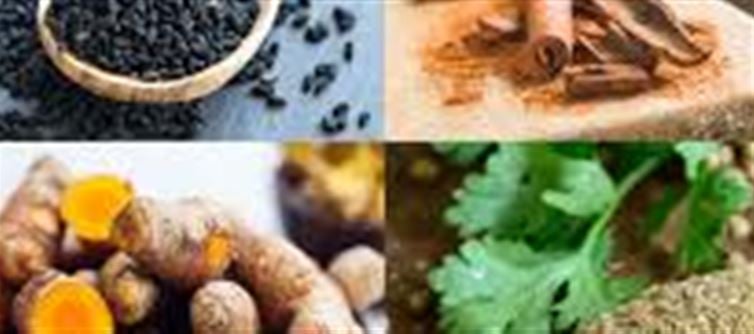
In the era of health-conscious eating, roasted gram (Bhuna Chana) has become a favorite snack for its high protein content, fiber, and low fat. However, food adulteration remains a serious concern, and even healthy foods like roasted gram can sometimes be contaminated or mixed with harmful substances.
Here’s how you can spot adulterated roasted gram and protect your health:
1. Check the Color and Appearance
- Pure roasted gram has a uniform light brown color.
- If you notice bright white, yellowish, or unusually glossy grains, it may be coated with chemicals or artificial whiteners to enhance appearance.
2. Smell Before Eating
- Fresh roasted gram has a nutty, mild aroma.
- Any chemical or pungent smell could indicate the presence of pesticides, preservatives, or other toxic substances.
3. Test for Excessive Hardness
- Bite a few grains; they should be crunchy but not rock-hard.
- Extremely hard or brittle roasted gram could be treated with adulterants or moisture-absorbing chemicals, which are harmful if consumed regularly.
Bonus Tip
- Buy from trusted sources: Choose packaged brands with FSSAI certification or purchase from known vendors.
- Soak and rinse: If buying in bulk, soaking and rinsing before consumption can help remove surface dust or chemicals.
Bottom Line: While roasted gram is a healthy snack, vigilance is key. Simple checks on color, smell, and texture can prevent you from unknowingly consuming adulterated or unsafe food.
Disclaimer:
The views and opinions expressed in this article are those of the author and do not necessarily reflect the official policy or position of any agency, organization, employer, or company. All information provided is for general informational purposes only. While every effort has been made to ensure accuracy, we make no representations or warranties of any kind, express or implied, about the completeness, reliability, or suitability of the information contained herein. Readers are advised to verify facts and seek professional advice where necessary. Any reliance placed on such information is strictly at the reader’s own risk.




 click and follow Indiaherald WhatsApp channel
click and follow Indiaherald WhatsApp channel